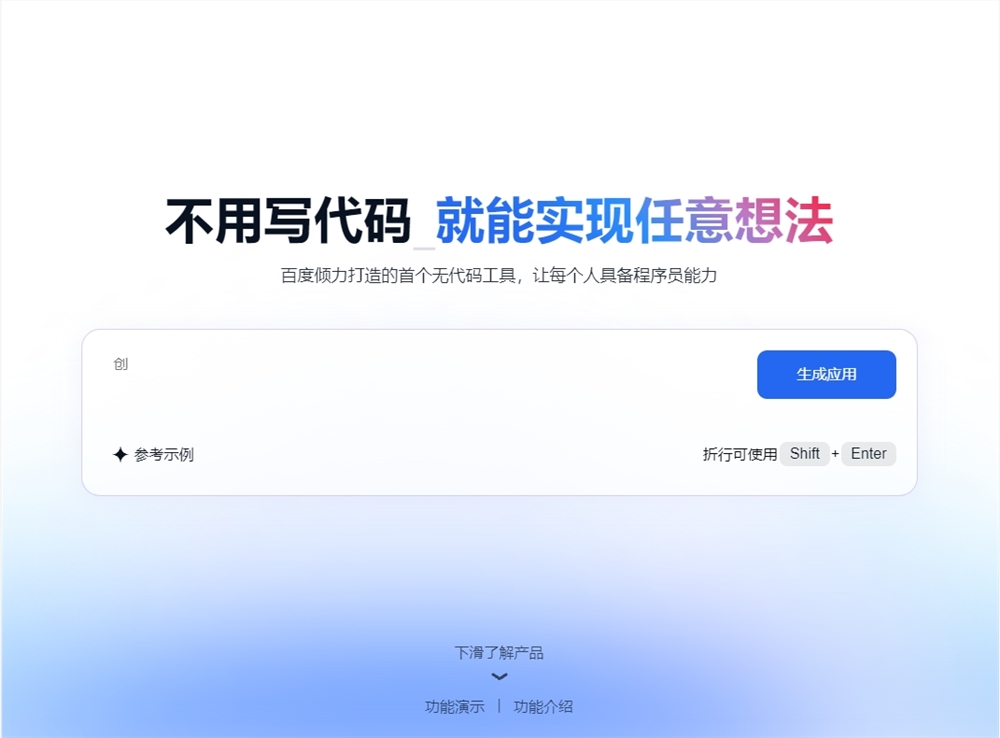[AIbase Report] Recent industry research shows that software developers actually spend only 16% of their time writing code, while the remaining 84% is consumed by operations and support tasks. Under the pressure of "cost reduction and efficiency improvement," AI coding assistants can accelerate code generation but cannot solve the most impactful issue on development efficiency - context switching.
Research from Harvard Business Review found that knowledge workers switch between applications and websites an average of 1,200 times a day, and it takes 23 minutes to regain focus after an interruption, with nearly 30% of tasks never being recovered. A study from the University of California also pointed out that this fragmented switching has become the biggest hidden killer of development efficiency.

Against this background, the Model Context Protocol (MCP) introduced by Anthropic in November 2024 has attracted attention. MCP is an open standard that allows LLM-based coding assistants (such as Cursor, Copilot, Windsurf) to directly access external tools and data sources, reducing the need for developers to switch back and forth between IDEs and other systems. In the past six months, the number of MCP servers has increased by 500%, and downloads are expected to reach 7 million in June.
Under the drive of MCP, developers can complete the entire workflow from requirement reading, document lookup, to code implementation within the IDE. For example, feature development can pull tickets via Linear MCP, get team conversations through Slack MCP, introduce documents via Glean MCP, and finally have Claude or Cursor automatically generate scaffolding. Similarly, SRE incident response can also be completed within the IDE, from pulling incidents via Rootly, to retrieving tracking data via Sentry, and then having Claude assist in diagnosis.
This model is similar to the rise of Slack a decade ago: by aggregating thousands of applications, Slack became the central hub for knowledge workers. Riot Games reported that after integrating Slack, engineers' code iteration efficiency increased by 27%, and the speed of feature releases increased by 24%. Today, IDEs have the potential to become the next-generation "unified command center" for developers, driven by MCP.
However, MCP still has limitations. Its protocol lacks built-in identity authentication and permission control, making security and audit boundaries unclear; when too many tools are used, the model's context window can easily be overwhelmed, leading to performance degradation. Currently, Cursor allows loading about 40 tools, while OpenAI agents allow around 20. Additionally, MCP lacks an intelligent tool recommendation mechanism, requiring developers to manually manage tool activation states.
Despite these challenges, the industry generally believes that AI-driven IDEs will reshape the software development model, just as Slack changed enterprise communication. Reducing the "rotating chair effect" and allowing developers to focus on creation within a single platform may be the key breakthrough for engineering productivity in the next phase.





